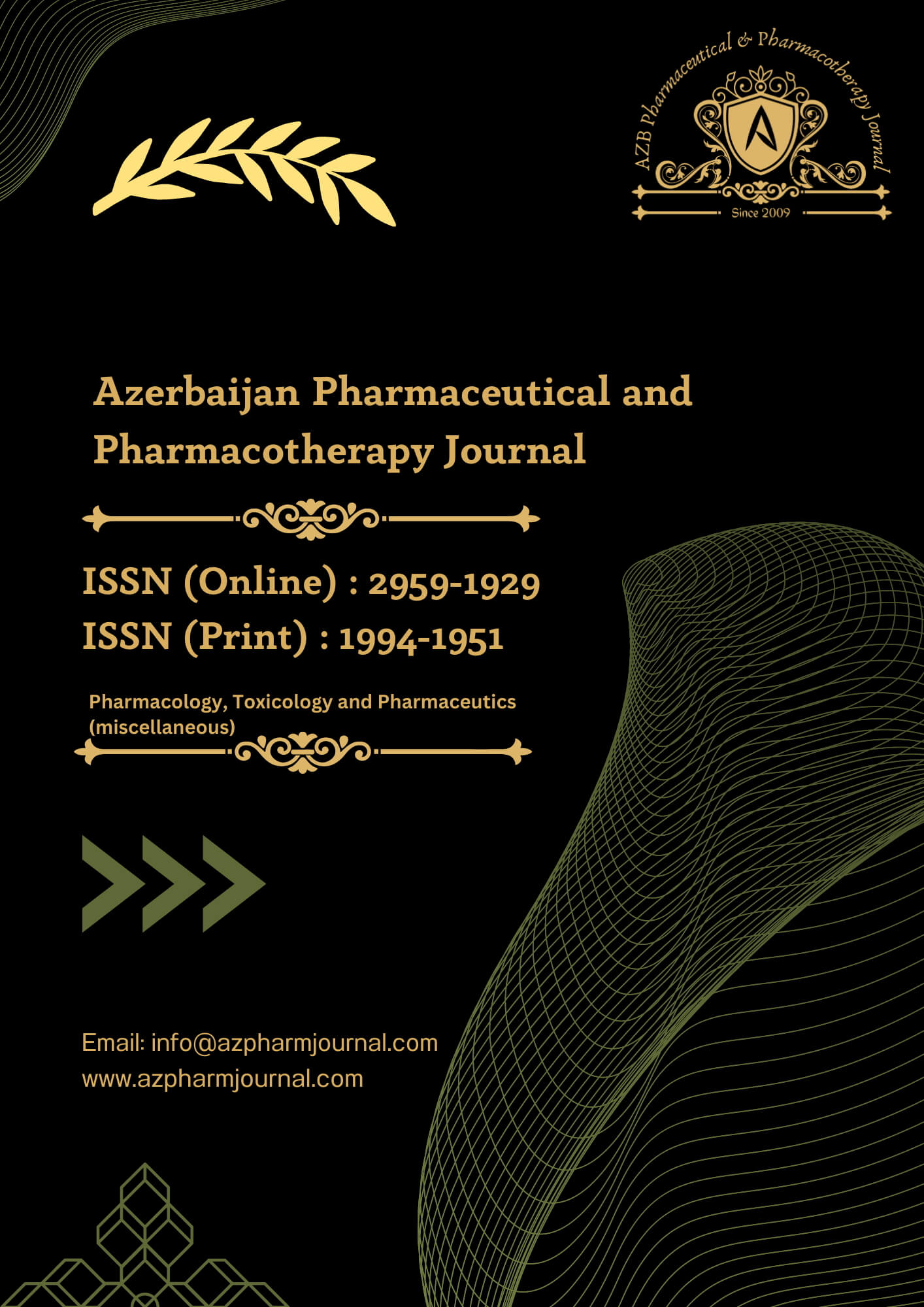The major public health problem in many countries is trauma. Traumas are of two types that is blunt trauma and penetrating trauma. Both military and civilian face penetrating wound. These kind of injuries are life threatening but rate of death has been reduced over the time period and improvement in medical practice(2). The most common organ which is injured in worldwide is gut(3, 4). In penetrating abdominal trauma colon is the second most commonly injured organ after small bowel. On contrary, blunt trauma causing colon injuries is rare and happens in 2-5% of victims(5).
Around 60-90% of injuries to gut are due to Gunshot and up to 30% colonic injuries are result of stabbing(6). Because of elevation in violence, robberies, interpersonal and communal clashes and domestic violence, Pakistan is at high risk in abdominal injuries. Colon is more prone to get injured because of its size and anatomical position(7).
During the last century, the management of gut injury has evolved(8). The surgeons in practice in battle field of World War-II gained a lot of experience in abdominal injuries and put that understanding in civilian practice(9).
Gut injuries are usually not isolated. Hence there are not specific sign and symptoms(10). The early development of inflammation of peritonitis with free gas radiology evidence in the peritoneum is the early sign of colon injuries(11). Diagnosis of intestinal injuries is often delayed. These injuries require immediate recognition to reduce the rate of death from the loss of blood and contamination of feces (12). First primary effort should be done to decrease hypothermia, hypotension, shock and acidosis, all of these can increase the rate of mortality and morbidity. Next step should be to take sample and to assess any small gut and colorectal injuries(13).
There is no regional score between senior surgeons exists for the repair of gut injuries by extra mucosal repair without covering stoma (14). Therefore it is realized that extra mucosal should be adopted in our hospital setups without covering stoma if they present in golden hour after trauma because of very minimal contamination(15). As the studies show that the healing with extra mucosal without covering stoma has less complications in terms of wound infection and intra-abdominal collection presented early in the course of their management then it will be adopted by senior surgeons in hospital setups as method of choice in managing of traumatic gut injuries.
Fraser showed the use of extra mucosal technique for intestinal anastomosis in three patients with inflammation of peritonitis, however there are no experimental studies of its use in the presence of peritonitis(2).
Inclusion Criteria:
Both genders were included from age 15 to 50 years. Patients who came to emergency department with single or multiple penetrating injuries to abdominal either y gunshot or stab or last pellet were all included in this study.
Exclusion Criteria :
Patients who had already existing chronic illness for example diabetes, tuberculosis, jaundice and chronic renal disease was excluded. Moreover patients coming to emergency department with penetrating abdominal trauma who also had associated injuries to chest, head and neck were excluded
